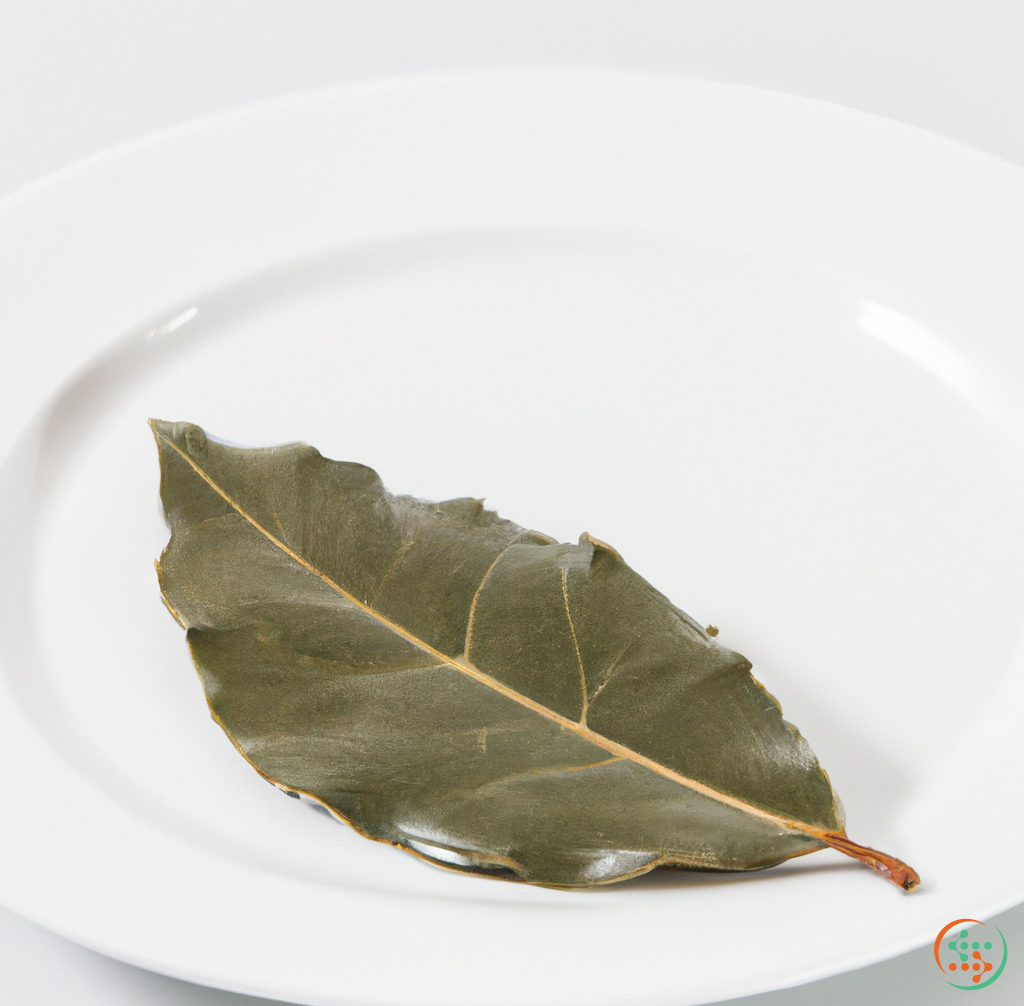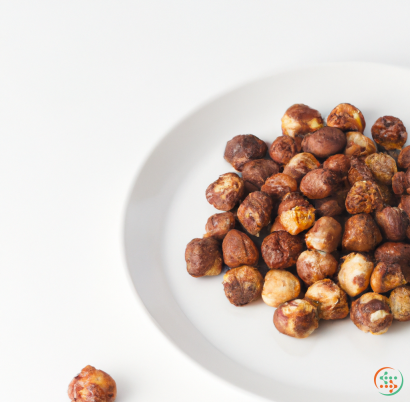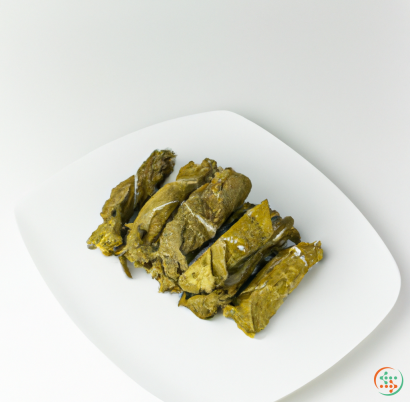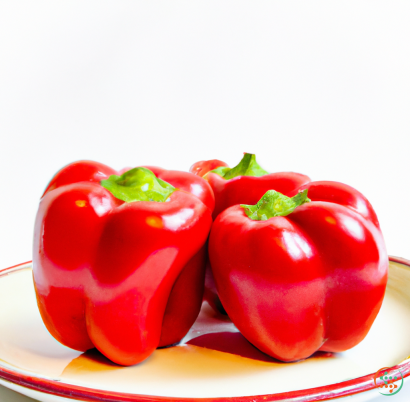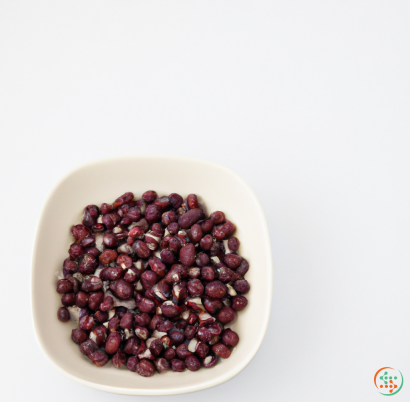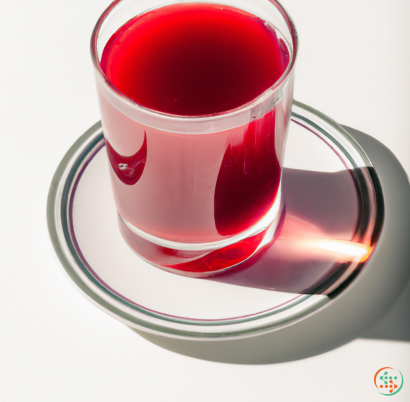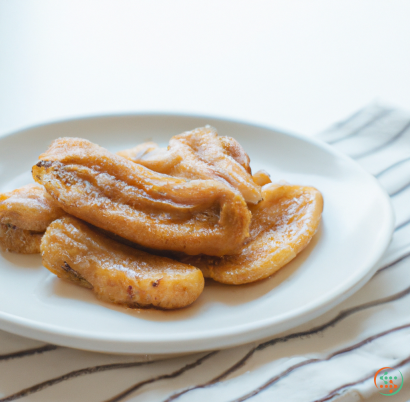Bay Leaf
Welcome to the fascinating world of bay leaves! Bay leaves have a long and storied history, having been used for hundreds of years in both culinary and medicinal applications. But what exactly are bay leaves, what are their health benefits, and how can you cook with them? These questions and more will be answered in this comprehensive guide to bay leaves.
A bay leaf (Laurus nobilis) is an aromatic, dark green leaf that comes from the evergreen bay laurel tree. It has a mild, slightly bitter flavor that becomes more complex when dry. The bay leaves used in cooking are typically picked from the Laurus nobilis variety, but the leaves from the Turkish bay laurel, California bay, and Borneo bay can also be used.
Bay leaves have been used for centuries for their unique aroma and flavor. They’ve been found in tombs from ancient Egypt, and have been used in Greek and Roman cuisine for thousands of years. They were also used as decoration, believing that bay leaves represented honor and victory. Today, bay leaves are most widely known for their use in soups and stews and are a popular flavor in many Mediterranean dishes.
In addition to its traditional culinary uses, bay leaves have a number of interesting health benefits. They’re a good source of antioxidants, which can help reduce inflammation and boost immunity. They’re also high in vitamins A and C, magnesium, potassium, and zinc. They’ve been touted as having antiseptic, astringent, and carminative properties, which can help relieve indigestion, gas, bloating, and other common digestive problems. Bay leaves can also help treat fungal and bacterial infections, as well as reduce fever and fight pain.
When using bay leaves in cooking, it’s important to remember that the flavor is much more subtle when using freshly picked leaves versus dry leaves. Fresh leaves should be gently cooked, while dry leaves can be simmered or added to boiling water. Bay leaves are often used in long-cooked dishes like soups and stews, where their flavor has time to infuse into the dish. They’re also often used to flavor sauces, marinades, and stuf?ngs.
When using bay leaves in any recipe, it’s important to note that the leaves need to be removed before the dish is served. The leaves can be quite bitter when eaten, and may even cause irritations when ingested. Many recipes call for the bay leaf to be added at the beginning of the cooking process, so that its flavor can infuse throughout the dish, but then removed before the dish is ?nished cooking. The smaller the leaf, the less time it needs to simmer to release its flavor, so if you have smaller leaves you’ll want to adjust your cooking time accordingly.
Regardless of its size, it’s best to use a single large bay leaf for dishes that will be cooked for a long time, such as soups and stews. This ensures that the leaf’s flavor will be spread evenly throughout the dish. If a recipe requires multiple bay leaves, place them evenly around the edge of the pot, so that they’re easily accessible when the dish is ?nished cooking and ready to be served.
Whether used in soups, stews, sauces, or marinades, bay leaves are a versatile and flavorful addition to any dish. Their subtle yet complex flavor adds depth and complexity to a variety of dishes. But the benefits don’t end there—they’re also incredibly healthy and can help reduce inflammation and fight infection. So next time you’re in the mood for something special, reach for the bay leaves and experience their unique flavor for yourself.
Bay leaves are a type of aromatic herb that are widely used in dishes around the world. The subtle, woodsy flavor that bay leaves impart is unmistakable and adds complexity to a variety of dishes, from stews and soups, to sauces and roasted meats. What is not apparent to the average diner is the incredible journey that a bay leaf takes from nature to the dinner plate.
Before we explore this journey, let’s take a quick look at the botanical origins of the bay leaf. Bay laurel (Laurus nobilis) is an evergreen tree in the Lauraceae family that originates from the Mediterranean region. This tree grows to a height of up to 15 feet, and is recognizable by its leathery, fine toothed, bright green leaves. A variety of cultivar species have been developed that produce variations in leaf color, shape and aroma - the most commonly used bay varieties being Californica and noble.
Once a bay laurel is ready to harvest, it is carefully and lovingly plucked from the tree. Each tree may yield up to five or six thousand leaves per year. Though fresh bay leaves can be enjoyed straight from the tree, they consist mostly of volatile aromatic compounds that quickly evaporate and would not survive until they reach our dinner plates. To ensure that the essential oils from the leaves don’t spoil and to capture their flavor and aroma, the leaves are then dried.
The drying process begins either in traditional "sun-drying," where leaves are laid out for several days in the hot Mediterranean sun, or in industrial ovens.Once dry, the leaves are sorted by size, with smaller leaves often reserved for culinary use, and larger ones used for decoration or aromatherapy.
Now that the bay leaves have been dried, they are ready to travel around the world so they can impart their flavor to our dishes. What will the journey look like before they finally reach our dinner plates?
The first step in this journey is to package the bay leaves for storage and transportation. Depending on where in the world we are, a range of methods are used to preserve the quality and freshness of the bay leaves until they reach their destination. In some cases, bay leaves are vacuum-packed in tins to protect them from heat and light, and to preserve their aroma. In other countries, the leaves are packed in sealed bags and then placed in special boxes lined with food paper so as to minimize oxidation.
Once the leaves have been properly packaged, they are ready to start their long and treacherous trip around the world. As with many foods, the bay leaf starts its journey by land. It will usually be transported by truck or train to the closest port of export, where it is loaded onto container ships. Here, the delicately packed bay leaves are then mixed with other imports and packed tightly together in containers, ready to embark on their journey across the sea.
When the ship reaches its destination, the containers are then transported to the dockyards and unloaded. At this stage, the packaging is checked to make sure the cargo has arrived in good condition, and is of the highest quality. Once this has been achieved, the bay leaves are sorted and bundled for sale, and brought to the retail outlets where the public can purchase them, or to restaurants and culinary establishments, where they will be used in dishes.
As a final touch before their use, the bay leaves are usually toasted in a dry pan over low heat for a few seconds, so as to allow their flavor and aroma to reach and linger on dishes. Toasted leaves also help to release their natural essential oils, thereby intensifying their flavor.
Finally, it is time for the bay leaves to make it to the dinner plate! Depending on the dish and the kind of bay leaf chosen, these little leaves will bring the perfect touch to a full and complex meal. Grilled meats and stews can be seasoned with fresh bay leaves, while whole or crushed dried bay leaves are usually added to slow-cooked dishes.
As much time and effort is devoted to the harvesting and drying of the bay leaves as it is to their journey around the world and finally to our dinner plates. From the fields of the Mediterranean to your dinner plate, the bay leaf has a beautiful and essential role to play in the kitchen!
| Vitamin A | 0.309 mg | |
| Vitamin C | 0.0465 grams | |
| Vitamin B1 | 0.01 mg | |
| Vitamin B2 | 0.42 mg | |
| Vitamin B3 | 0.00201 grams | |
| Vitamin B6 | 0.00174 grams | |
| Vitamin B9 | 0.18 mg |
| Calcium | 0.834 grams |
Daily Value 1.3 g
|
| Iron | 0.043 grams |
Daily Value 0.018 g
|
| Magnesium | 0.12 grams |
Daily Value 0.4 g
|
| Phosphorus | 0.113 grams |
Daily Value 1.25 g
|
| Potassium | 0.529 grams |
Daily Value 4.7 g
|
| Sodium | 0.023 grams |
Daily Value 2.3 g
|
| Zinc | 0.0037 grams |
Daily Value 0.011 g
|
| Copper | 0.42 mg |
Daily Value 0.9 mg
|
| Manganese | 0.00817 grams |
Daily Value 0.0023 g
|
| Selenium | 0.0028 mg |
Daily Value 0.055 mg
|
| Total Sugars | 0.131141 grams |
per 100g
|
| Caprylic acid (8:0) | 0.01 grams |
|
| Capric acid (10:0) | 0.01 grams |
|
| Lauric acid (12:0) | 0.53 grams |
|
| Myristic acid (14:0) | 0.21 grams |
|
| Palmitic acid (16:0) | 1.27 grams |
|
| Stearic acid (18:0) | 0.16 grams |
|
| Total Saturated fatty acids: | 2.19 g | |
| Oleic acid (18:1) | 1.5 grams |
|
| Palmitoleic acid (16:1) | 0.14 grams |
|
| Total Monounsaturated fatty acids: | 1.64 g | |
| Linolenic acid (18:3) | 1.05 grams |
|
| Linoleic acid (18:2) | 1.24 grams |
|
| Total Polyunsaturated fatty acids: | 2.29 g | |
